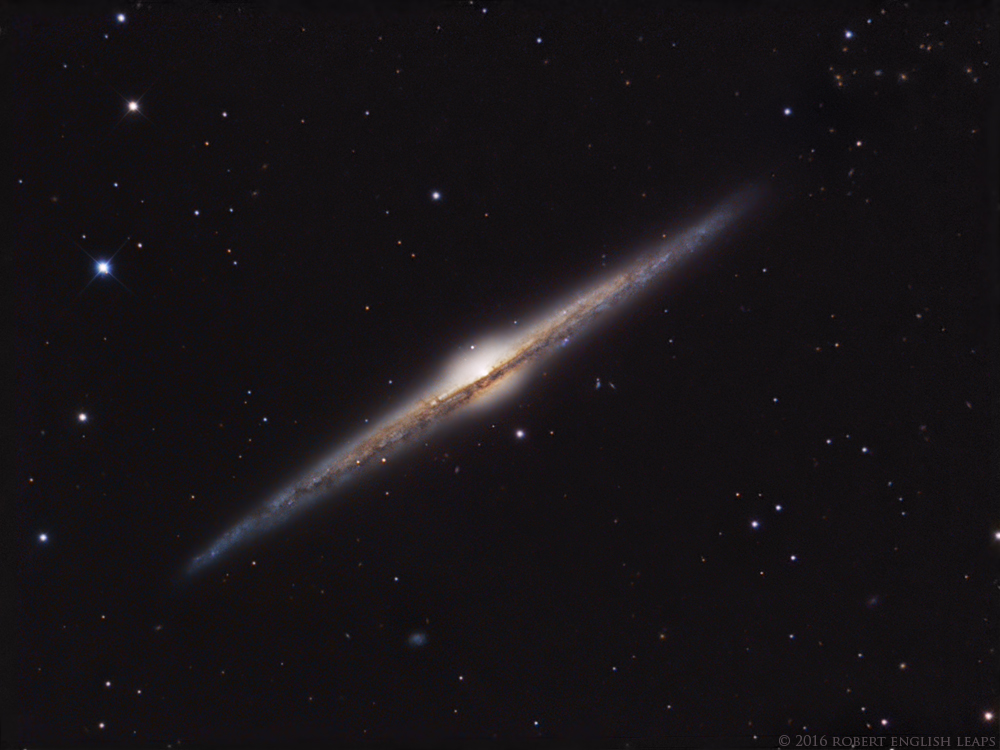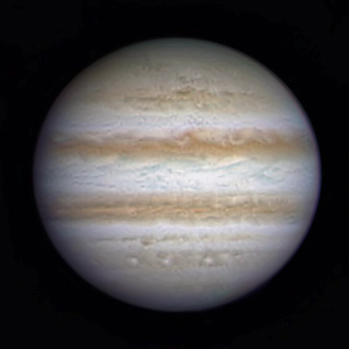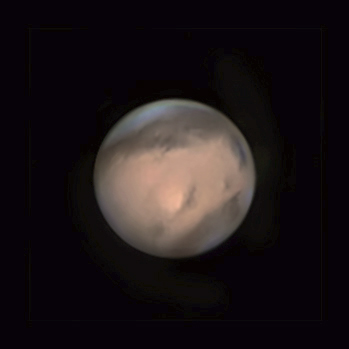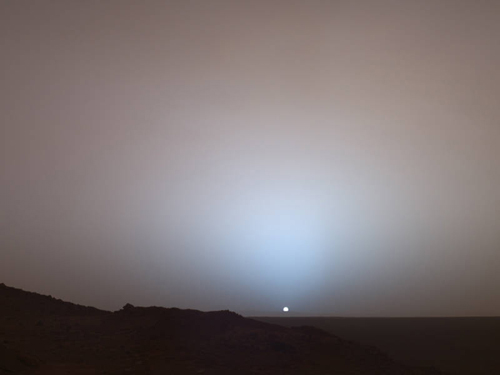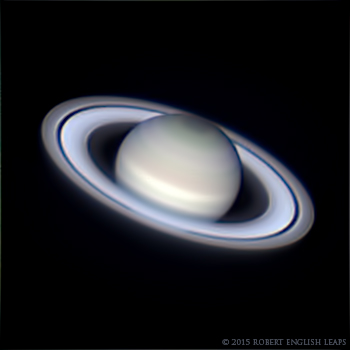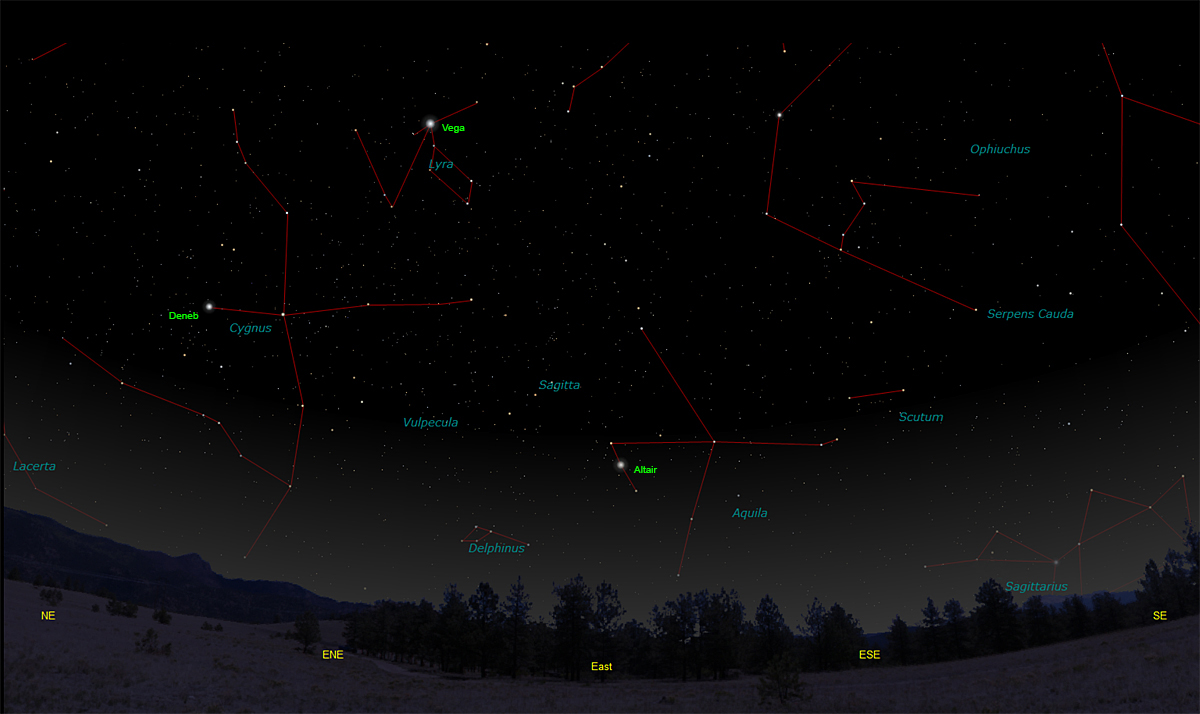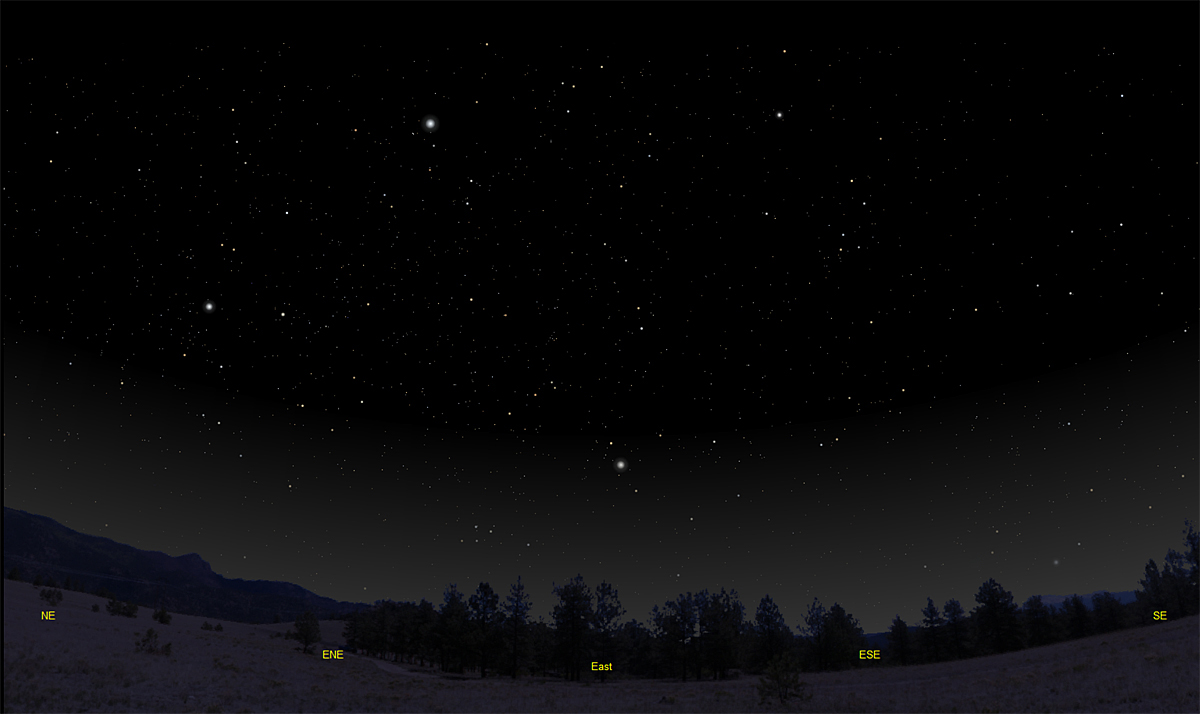The purpose of this feature is to give scout leaders, educators and naturalists an idea of some of the natural events coming up each month. We will try to cover a variety of natural events ranging from sky events to calling periods of amphibians, bird and mammal watching tips, prominent wildflowers and anything else that comes to mind. We will also note prominent constellations appearing over the eastern horizon at mid-evening each month for our area for those who would like to learn the constellations. If you have suggestions for other types of natural information you would like to see added to this calendar, let us know! Note: You can click on the hyperlinks to learn more about some of the featured items. To return to the Calendar, hit the "back" button on your browser, NOT the "back" button on the web page. All charts are available in a "printer friendly" mode, with black stars on a white background. Left clicking on each chart will take you to a printable black and white image. Please note that images on these pages are meant to be displayed at 100%. If your browser zooms into a higher magnification than that, the images may lose quality. Though we link book references to nationwide sources, we encourage you to support your local book store whenever possible.
Notes and Images From May 2016 In May we returned to the constellation of Coma Berenices to image another galaxy drifting among Berenice's tresses. This time we imaged the great edge-on galaxy NGC 4565, sometimes called the Needle Galaxy. My favorite memory of this galaxy is not through a large telescope, but through a small 60mm spotting scope that I use mostly for birding. This was years ago. We were camping as we traveled around Tennessee photographing and recording frogs and toads. Before we went to bed, I usually checked the sky to see if it was clear, and if it was I spent a few minutes trying to spot star clusters, nebulae and galaxies with the little 60mm scope. We were at a small campground called Holly Flats, near Tellico Plains, Tennessee. We were looking for Mountain Chorus Frogs. The campground is located in the Cherokee National Forest, and the night was spectacularly beautiful. I'd never seen NGC 4565 in something as small as the spotting scope, and I really didn't expect to see it. But there is was! A very faint but distinct sliver of light against the jet black sky. It's hard to explain why I enjoy spotting these faint galaxies, but I think it's a little like spotting the lights of an ocean liner far out at sea. If you know what you're looking at, you picture the details in your mind's eye. Galaxies are the ultimate ocean liners, sailing through the intergalactic void. To spot their running lights, even faintly, is a thrill. The next morning, while having our coffee, we heard a Swainson's Warbler calling from the Rhododendron. NGC 4565 is almost perfectly edge-on to us, tilted only about 4 degrees from our line of sight. The dark clouds we see in silhouette crossing its galactic core form majestic pillars that extend upward from the galactic plain. It was discovered on April 6th, 1785, by William Herschel. His notes read, "A lucid ray 20' long or more, 3' or 4' broad from north preceding to south following. Very bright in the middle. A beautiful appearance." NGC 4565 is about 42 million light-years distant, although estimates range from 30 to 50 million light-years. The two nights that I imaged this galaxy were notable mainly for their lack of insect sounds. The cool temperatures obviously had an impact. The first night I heard only one lonely-sounding Fowler's Toad calling in the distance. The second night was also quiet but I had some nice "night-singers"; a Barred Owl called quite a bit, and a Yellow-breasted Chat sang its complex and wonderful song several times around midnight. It was joined briefly by a Northern Mockingbird. There are many faint galaxies scattered across the image above. There is a nice cluster of distant galaxies in the upper right hand corner of the image. The brightest of these galaxies is around the 18th magnitude. The limiting magnitude for the image is around 21.5. I found a red shift in the SIMBAD database for the brightest member of the cluster, and it yielded a distance of around 2.4 billion light-years. Note the characteristic "faint-galaxy orange" color of the cluster. For a binocular finder chart of the galaxy's location, click here.
W e photographed this Scarlet Sheetweaver along the path to our barn. This time of year, in the early morning, we see many of these colorful spiders as the morning sun catches the dew-covered webs. The spiders build their webs a few inches off the ground, suspended from blades of grass and other vegetation. They then hang from the center of the webs and wait for small flies and other prey to entangle themselves. Total body length is only about 3mm, so you have to look closely to spot them. Their body color ranges from a dull orange-brown to the bright scarlet in the above image. They are common in appropriate habitat throughout the southeast. If you have a grass lawn, you probably can see them any sunny morning.Sky Events for June 2016: The summer solstice is at 5:34pm Central Daylight Time on June 20th, marking the beginning of summer in the Northern Hemisphere. This is our longest day of the year, and our shortest night. Morning Sky: Mercury barely makes it above the eastern horizon this month. Try looking for it about 30 minutes before sunrise on June 12th. It will be only about 7 degrees above the eastern horizon. Binoculars may help pick it out from the twilight glow. Be sure to stop scanning once the Sun appears. Evening Sky:
Jupiter is in Leo this month. Look for it about 53 degrees above the southwest horizon at dusk as the month begins. If you steady your binoculars on something solid, you can often pick out several of the four Galilean satellites of Jupiter close to the planet. With a telescope, you can often glimpse some details in the clouds. These details change rapidly, and the details can look different from night to night. It's also fun to watch the Galilean satellites transit across the face of the planet, or be eclipsed by the planet's shadow. Mars is in Libra as the month begins, rising about 6:47pm CDT. The planet will be just past its closest approach to Earth on May 30th, so now is a great time to view Mars. It begins the month with an apparent diameter of 18.6 arc-seconds and will still be 16.4 arc-seconds by the end of the month. Mars is always fascinating to view, but it takes patience to wait for the moments when the Earth's atmosphere steadies. The fainter detail on Mars can be maddeningly difficult to make out. And of course Mars has a history of being a trickster in that regard. Last month, we talked about the illusory Martian "canals."
In May I finally managed to get the 20 inch reflector operational. It was great to return to Mars and see the changes in the landscape since I last imaged it in 2012. For this opposition, the northern hemisphere of Mars is in midsummer. Hence you don't see a prominent polar cap as in 2012. In the image at right, if you look at the planet like a clock face, the north polar region is at the 5:00 o'clock position . Bluish clouds cover the area, and extend upward across Mare Borealis and along the western limb of the planet, most prominent around the 4:00 o'clock position. Clouds also are seen on the eastern limb around the 8:00 o'clock position. It is mid-winter in the southern hemisphere of Mars, and as you would expect there are lots of clouds there - the entire region around the south pole (11:00 o'clock) is capped by clouds. The Sun is rising on Syrtis Major, the very dark region along the western limb of the planet (2:30 position). One of the neat things about planetary imaging is that you can watch features like Syrtis Major (an ancient name for the Gulf of Sidra in the Mediterranean) come around the limb of the planet into view and rotate across the globe as the evening progresses.
The sharp "bay" extending from Mare Borealis is Utopia. The small dark spot above it is Alcionius Nodus. Its name shares a common origin with our Belted Kingfisher (Ceryle alcyon). Just below the center of the planet are the bright orographic "wave" clouds that form over the volcano Elysium Mons. In a sailplane I've reached high altitudes in mountain wave conditions. I climbed to 23,000 feet above sea level in a mountain wave created by Mount Mitchell in North Carolina. What would it be like to be in a sailplane riding the wave over the 43,000 foot tall Elysium Mons? Just to the right of Elysium Mons is the dark feature known as Hyblaeus. To the left of the Elysium clouds is the region of Trivium Charontis (literally, "the crossroads of Charon" - in Greek mythology Charon was the boatman who ferried souls to the underworld across the river Styx). To the left of Trivium Charontis is the vicinity of Gusev crater, where the evocative image at left was taken by the Mars rover Opportunity. Finally, if you look directly above Elysium on the border of dark Mare Cimmerium (named after an ancient people mentioned in Assyrian records in the 8th century BC) you'll see a small thin dark peninsula extending down and to the left. Near its tip is Gale crater, the landing spot for the Mars rover Curiosity. Who knows what further explorations may reveal and what their effect will be on Mars? For those who are true Martians at heart, Ray Bradbury's 1949 sci-fi story, "Dark They Were and Golden-Eyed," talks of the changes brought about by Mars on future colonists. NASA has robotic missions planned in 2018 and 2020, and SpaceX has even talked of manned missions by 2026.
Saturn is in Ophiuchus, rising not long after Mars. It should rise around 7:51pm CDT at the beginning of the month. The tilt of the rings has now opened to 26 degrees, and the view is spectacular in any size telescope. The planet transits around 12:54am CST. Saturn comes to opposition on the night of June 2nd. The globe of Saturn is now 18.4 seconds of an arc. Constellations: The views below show the sky looking east at 10:00pm CDT on June 15th. The first view shows the sky with the constellation outlined and names depicted. Star and planet names are in green. Constellation names are in blue. The second view shows the same scene without labels. New constellations this month in the eastern sky are Lyra, the Lyre, with its bright star Vega, Cygnus, the Swan, and Aquila, the Eagle. The bright stars Vega, Deneb and Altair form the "summer triangle." Looking to the north, the edge-on galaxy NGC 5907 rides high above the Little Dipper in Draco. This galaxy was discovered in 1788 by William Herschel. Most estimates place it at a distance of around 40 million light-years. Using averted vision, I've seen it as a faint narrow streak of light in my 85mm Televue refractor. A 6 inch telescope will give you a better view. As with all deep sky objects, you need a clear dark sky. On Learning the Constellations: We advise learning a few constellations each month, and then following them through the seasons. Once you associate a particular constellation coming over the eastern horizon at a certain time of year, you may start thinking about it like an old friend, looking forward to its arrival each season. The stars in the evening scene above, for instance, will always be in the same place relative to the horizon at the same time and date each June. Of course, the planets do move slowly through the constellations, but with practice you will learn to identify them from their appearance. In particular, learn the brightest stars (like Altair and Vega in the above scene looking east), for they will guide you to the fainter stars. Once you can locate the more prominent constellations, you can "branch out" to other constellations around them. It may take you a little while to get a sense of scale, to translate what you see on the computer screen or what you see on the page of a book to what you see in the sky. Look for patterns, like the stars that make up the constellation Lyra. The earth's rotation causes the constellations to appear to move across the sky just as the sun and the moon appear to do. If you go outside earlier than the time shown on the charts, the constellations will be lower to the eastern horizon. If you observe later, they will have climbed higher. As each season progresses, the earth's motion around the sun causes the constellations to appear a little farther towards the west each night for any given time of night. If you want to see where the constellations in the above figures will be on July 15th at 10:00pm CDT, you can stay up till 12:00am CDT on June 15th and get a preview. The westward motion of the constellations is equivalent to two hours per month. Recommended: Sky & Telescope's Pocket Star Atlas is beautiful, compact star atlas. A good book to learn the constellations is Patterns in the Sky, by Hewitt-White. You may also want to check out at H. A. Rey's classic, The Stars, A New Way to See Them. For skywatching tips, an inexpensive good guide is Secrets of Stargazing, by Becky Ramotowski. A good general reference book on astronomy is the Peterson Field Guide, A Field Guide to the Stars and Planets, by Pasachoff. The book retails for around $14.00. The Virtual Moon Atlas is a terrific way to learn the surface features of the Moon. And it's free software. You can download the Virtual Moon Atlas here. Cartes du Ciel (described in the monthly notes above) is a great program for finding your way around the sky. It is also free, and can be downloaded here. Apps: We really love the Sky Safari Pro application described here. For upcoming events, the Sky Week application is quite nice. Both apps are available for both I-phone and Android operating systems. The newest version, Sky Safari 4, is available here.A nother great app is the Photographer's Ephemeris. Great for finding sunrise, moonrise, sunset and moonset times and the precise place on the horizon that the event will occur. Invaluable not only for planning photographs, but also nice to plan an outing to watch the full moon rise. Available for both androids and iOS.
Amphibians:
In June the treefrogs really hit their stride. Listen for Cope's Gray Treefrogs, Gray Treefrogs, Bird-Voiced Treefrogs, Green Treefrogs and Barking Treefrogs. Northern Cricket Frogs and Southern Cricket Frogs call a lot during June, and the calls of Bullfrogs, Green Frogs and Fowler's Toads fill the night air. After heavy rains listen for the high, insect-like call of the Eastern Narrowmouth Toad and the strange-sounding Eastern Spadefoot. Recommended: The Frogs and Toads of North America, Lang Elliott, Houghton Mifflin Co.
Birds: Now is a good time to get to know the breeding birds of Tennessee. It's fun to take a trip to the Great Smoky Mountains National Park in June and hike a high altitude trail, like the Alum Cave Bluff trail. By doing so you can encounter birds that breed in Tennessee at these higher elevations, like Black-throated Blue Warblers, Canada Warblers, Chestnut-sided Warblers and Blackburnian Warblers.
Archives (Remember to use the back button on your browser, NOT the back button on the web page!) Natural Calendar February 2016 Natural Calendar December 2015 Natural Calendar November 2015 Natural Calendar November 2014 Natural Calendar September 2014 Natural Calendar February 2014 Natural Calendar December 2013 Natural Calendar September 2013 Natural Calendar December 2012 Natural Calendar November 2012 Natural Calendar September 2012 Natural Calendar February 2012 Natural Calendar December 2011 Natural Calendar November 2011 Natural Calendar September 2011 Natural Calendar December 2010 Natural Calendar November 2010 Natural Calendar September 2010 Natural Calendar February 2010 Natural Calendar December 2009 Natural Calendar November 2009 Natural Calendar September 2009 Natural Calendar February 2009 Natural Calendar December 2008 Natural Calendar November 2008 Natural Calendar September 2008 Natural Calendar February 2008 Natural Calendar December 2007 Natural Calendar November 2007 Natural Calendar September 2007 Natural Calendar February 2007 Natural Calendar December 2006 Natural Calendar November 2006 Natural Calendar September 2006 Natural Calendar February 2006 Natural Calendar February 2003 Natural Calendar December 2002 Natural Calendar November 2002 Nature Notes Archives: Nature Notes was a page we published in 2001 and 2002 containing our observations about everything from the northern lights display of November 2001 to frog and salamander egg masses. Night scenes prepared with The Sky Professional from Software Bisque All images and recordings © 2016 Leaps
|
|
